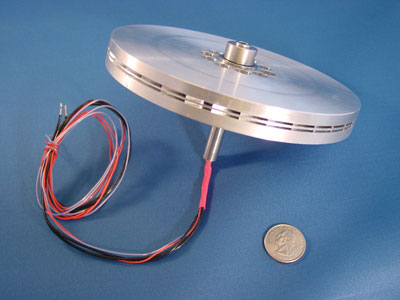Thud
1 MW
-Bump-
cnc adict seems to be missing lately, Hope all is well.
Just curious if there is any progress in the forum ranks regarding a bike specific motor build.
To get some conversation going:
I had an interesting dream last night (don't ask, its just the way it is :wink: ) & it involved an axial flux motor less than 5" in dia. Fully enclosed so as not to fill the motor with ferrite as I drive up & down my dirt road.
(that is a concern regarding an outrunner) EDIT:removed non topic observation
I have no training in electrical theory & even less regarding an axial motor, But I am a "Maker" with the ability to prototype.
If someone can link a few sites to "mine" I will continue the research. I also would like any opinions on feasability of the basic design. I have a drawing of the design started.(Just no way to post it-2-d autocad)
I have a full schedule of projects in progress but I would make room for this if it seems viable.
cnc adict seems to be missing lately, Hope all is well.
Just curious if there is any progress in the forum ranks regarding a bike specific motor build.
To get some conversation going:
I had an interesting dream last night (don't ask, its just the way it is :wink: ) & it involved an axial flux motor less than 5" in dia. Fully enclosed so as not to fill the motor with ferrite as I drive up & down my dirt road.
(that is a concern regarding an outrunner) EDIT:removed non topic observation
I have no training in electrical theory & even less regarding an axial motor, But I am a "Maker" with the ability to prototype.
If someone can link a few sites to "mine" I will continue the research. I also would like any opinions on feasability of the basic design. I have a drawing of the design started.(Just no way to post it-2-d autocad)
I have a full schedule of projects in progress but I would make room for this if it seems viable.





